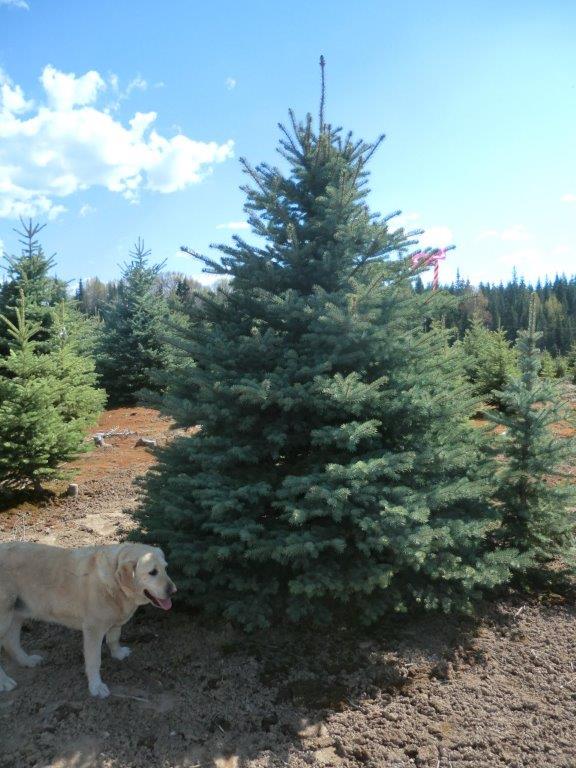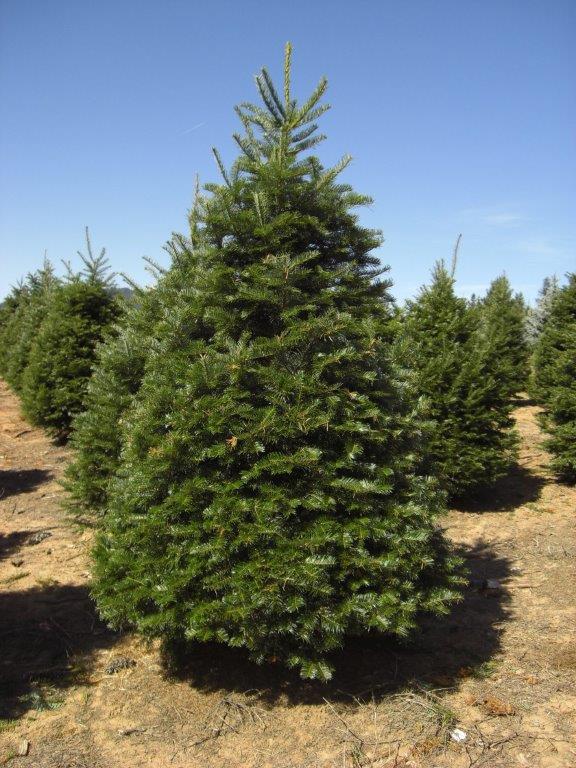Trees We Grow
Bristlecone Pine
Bristlecone pine is an excellent choice for a tree in an area where space is a limiting factor. A unique tree with “bottle brush” limbs that are green with white speckles. These speckles have a sparkly look with the very early summer sunrise. Slow growing and boasts that it is the oldest living tree in the world.
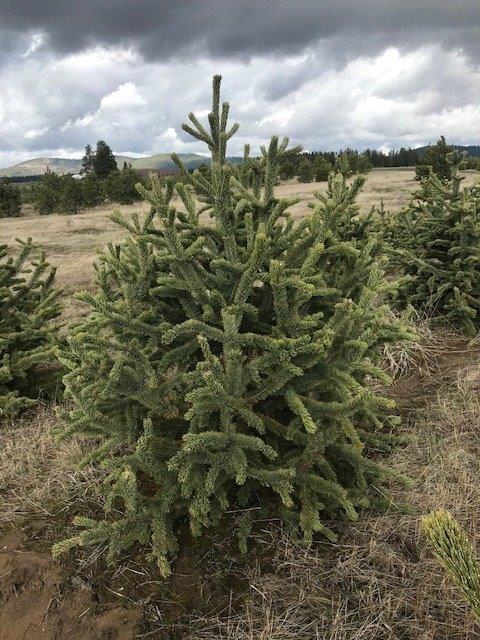
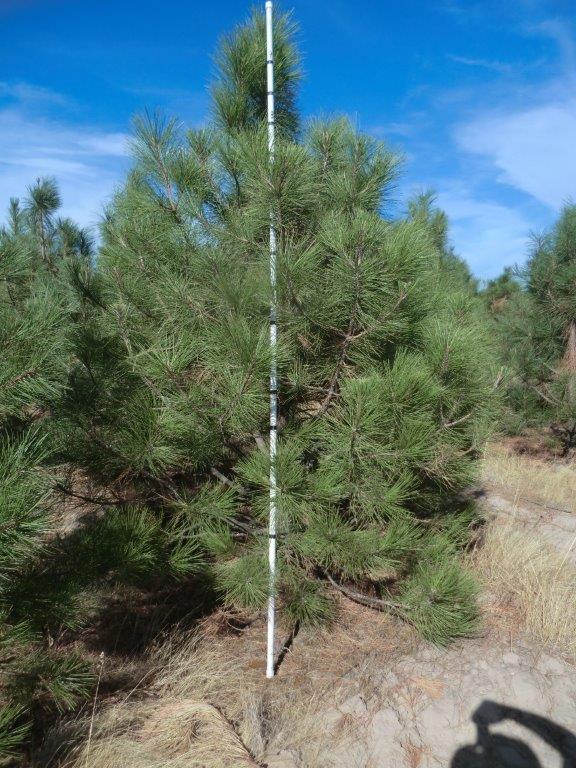
Ponderosa Pine
Native to mountain and plateau regions of the U.S and Canada. Ponderosa Pine develops a taproot early in life that enables the tree to survive stressful conditions such as extended droughty periods.
Ponderosa pine is sometimes called Western Yellow Pine or Bull Pine. This evergreen tree thrives in full sun and poor soil, and it is one of the tallest and most important timber species in the Western States.
Ponderosa pine is a good choice for native landscape projects as well as for riparian stream restoration projects. Ponderosa pine is drought tolerant and can be grown in harsh sights as their taproot will penetrate deep down and find moisture.
Corkbark Fir
Corkbark fir is an excellent choice for a tree in an area where space is a limiting factor. They tend to grow tall and narrow.
Corkbark fir is green in color with a creamy colored stem and soft needles. Native to Arizona and New Mexico and a great choice to add to the landscape.
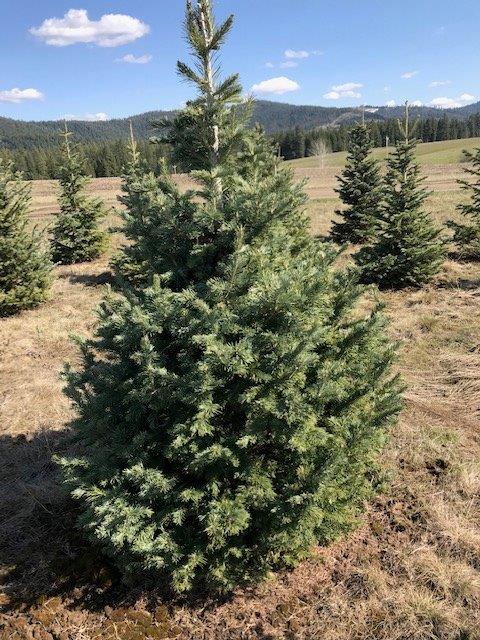
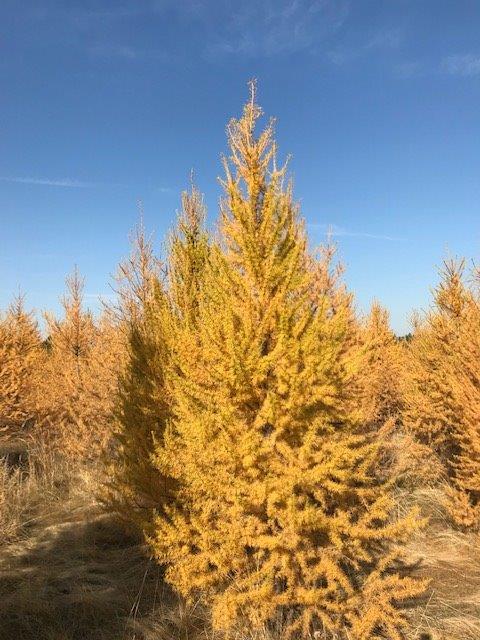
Western Larch
Western larch is a distinctive tree that is easy to identify. Its needles are less than 2 inches long, but come in bundles like a pine. The needles grow from short spur twigs, with 15-30 needles in each bundle. The tree is even easier to identify in the fall, when the needles turn golden-yellow. In the winter, Western larch easy to identify because it is the only conifer with no needles. You can see the distinctive spur twigs standing out from each bare branch. A great choice for those wanting a graceful tree as well as a splash of color in the fall!
Englemann Spruce
Englemann spruce is becoming very popular in the Rocky Mountain States as they are native to the northern part of this region. They do well in higher elevations in Colorado and lower elevations in the north latitudes of the Rocky Mt region. Our Englemann’s are uniform in shape and color. The needles have a bit of sharpness but not as much as a Colorado spruce.
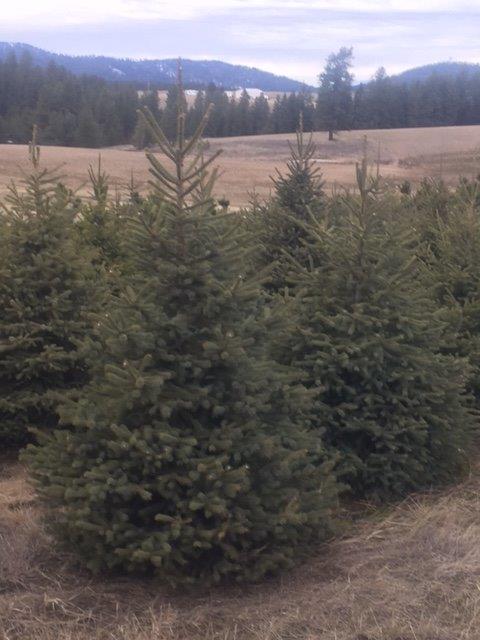
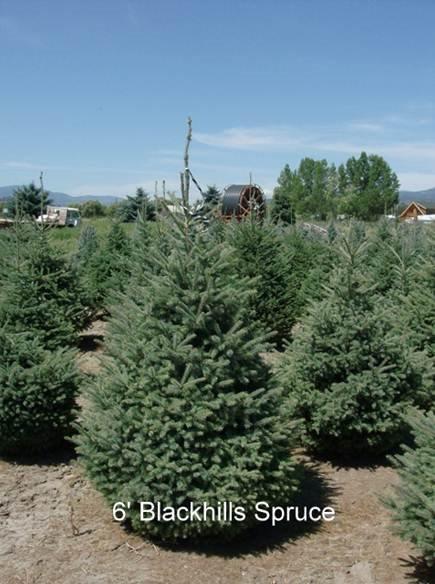
Black Hills Spruce
Black Hills Spruce has green to blue-green needles and a very dense appearance making it an ideal windbreak, privacy screen or specimen tree. Tolerates most urban and rural planting sites as well as wind, heat, cold, and dry conditions. Potentially will grow 30-50 ft. tall with a 10-20 ft. spread, it has a pyramidal shape and a slow growth rate. Black Hills Spruce trees commonly live 250-300 years. Black Hills spruce grows best when planted in moist, well-drained soil in full sunlight.
Colorado Spruce
Colorado spruce is the most popular ornamental tree. Colorado spruce is a truly magnificent tree. Its silvery blue-green coloring and perfect shape make this tree a great landscaping option on both commercial and residential properties. Colorado spruce can grow to 50-60 ft. high at full maturity. It is also widely used for privacy or a windbreak. The most hardy and versatile tree in our line up!
